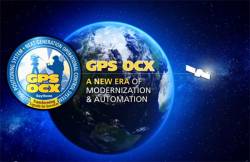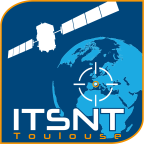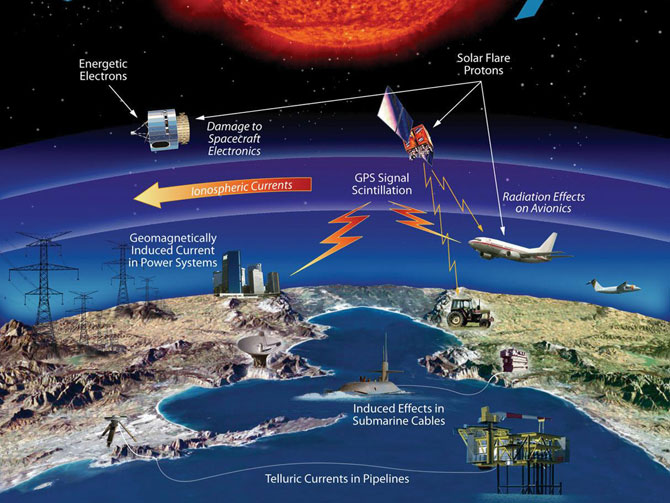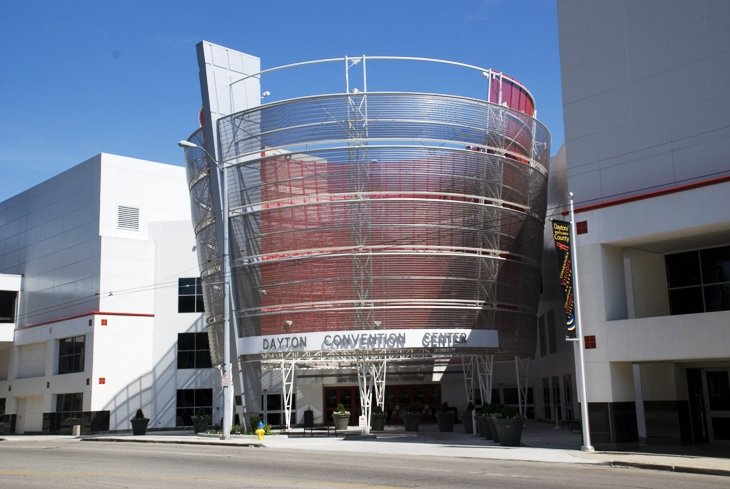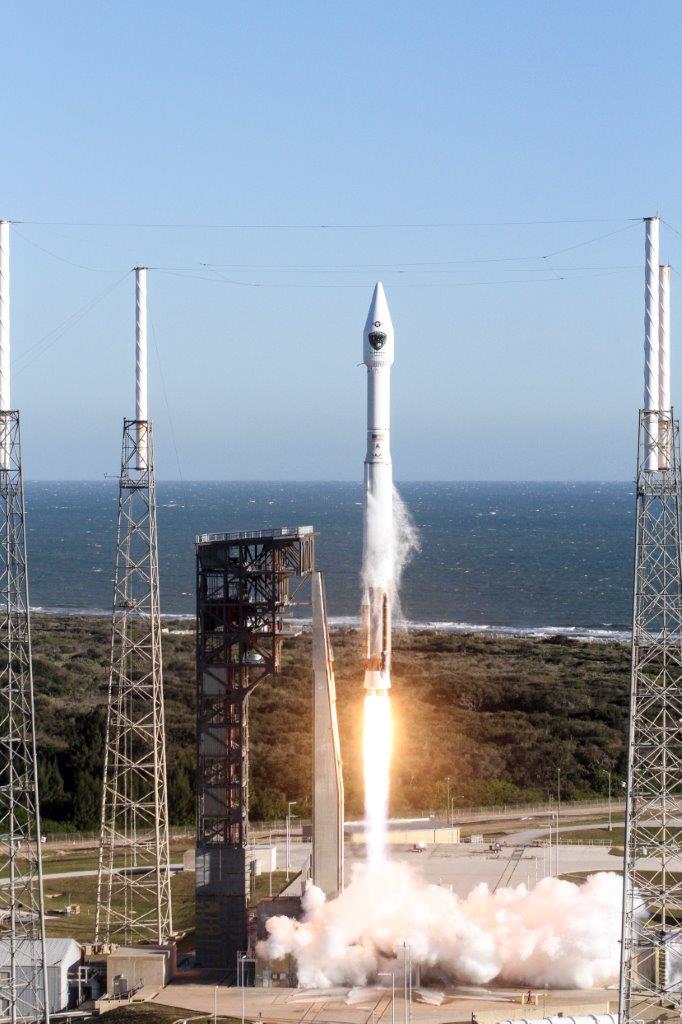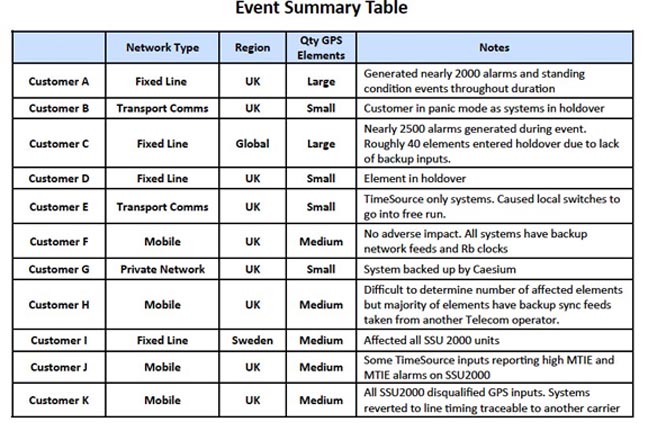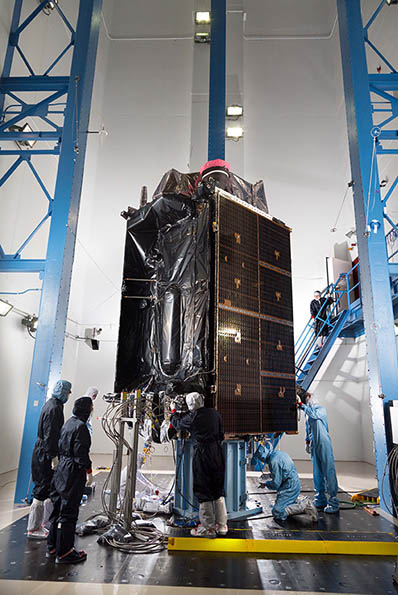In Push for FCC Action Ligado Releases Some GPS Receiver Test Data

Ligado Networks, the enterprise formerly known as LightSquared, released partial results from their tests of GPS receivers last week, a step one expert suggested might be aimed at easing a political decision to move the project forward before the completion of an ongoing federal interference study.
By Inside GNSS

